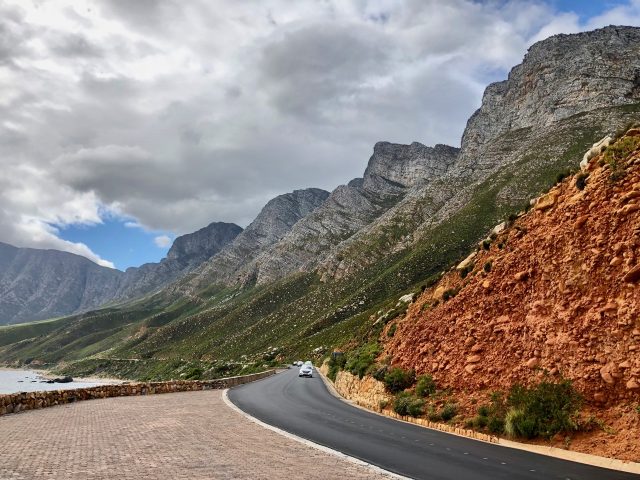Ample choices
We have a wide selection of vehicles for every need and preference.
South Africa is one of the most diverse and rewarding destinations to explore by road. From the coastal drives of the Garden Route to the open plains of the Kruger National Park and the winding passes of the Drakensberg Mountains, the country offers a wide range of landscapes, climates, and cultural experiences. Hiring a car in South Africa gives you the flexibility to travel at your own pace, access remote areas, and make the most of the country’s well-maintained road network. Whether you're planning a city stay, a self-drive safari, or a cross-country adventure, Drive South Africa offers reliable car hire options to suit your itinerary and budget.


Our expert consultant, Robyn Kannemeyer, has selected four vehicles that may suit your travel plans. Once you’ve booked your vehicle, our team is available to assist you throughout your journey.

R615.00/day
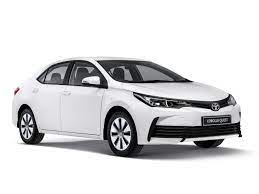
R780.00/day
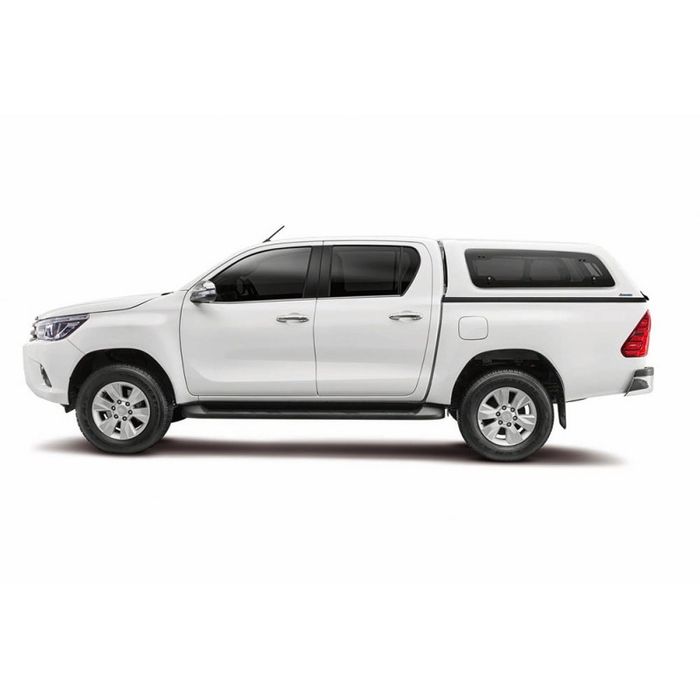
R1519.00/day

R945.00/day
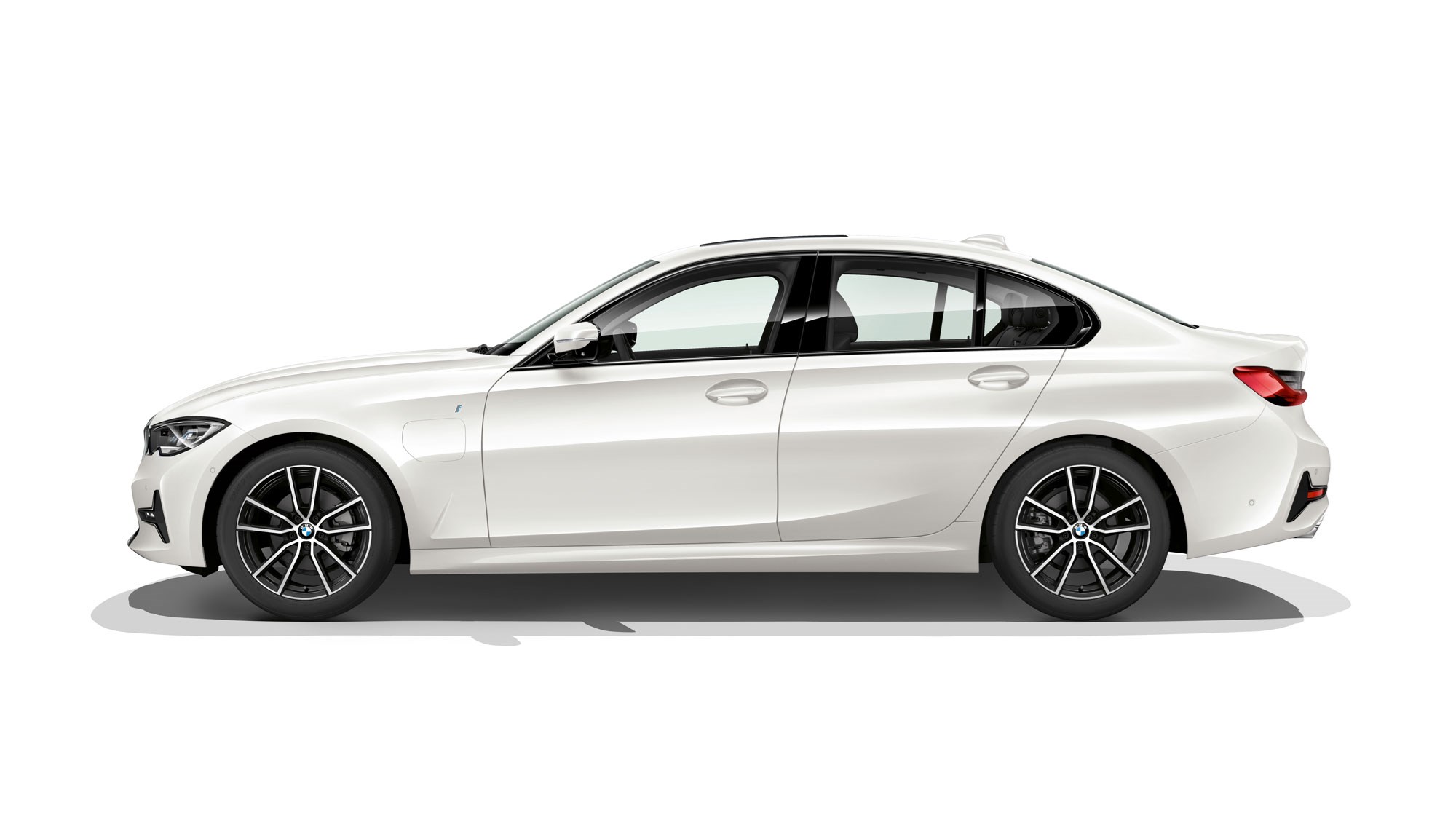
R1320.00/day
Still deciding? Read reviews from customers who’ve explored Mzansi with Drive South Africa’s trusted rental services.

Best Cars to Hire in South Africa

Exploring South Africa

Collecting Your Vehicle at the Airport
Rental desks are conveniently located at airport terminals across South Africa, and pre-booked vehicles can be collected on arrival.

What To Do If You're in an Accident in South Africa

How To Stay Safe in and Around South Africa
A valid driver’s licence in English is acceptable. Otherwise, you’ll need an International Driving Permit.
Yes, vehicles with automatic transmission are widely available.
Yes, South Africa has extensive, well-maintained road networks and infrastructure, with plenty of security along major routes. Make sure to stick to daylight driving in rural zones and observe speed limits.
Standard insurance, roadside assistance, and optional extras such as GPS units, baby seats, and cross-border documentation.
Find out more about our rental partners in South Africa, including office locations, vehicle options, and user ratings.








An epic 52-day, 9879 km journey through Southern Africa's most iconic landscapes and wildlife reserves, spanning five countries with 4x4 adventure.
View Detail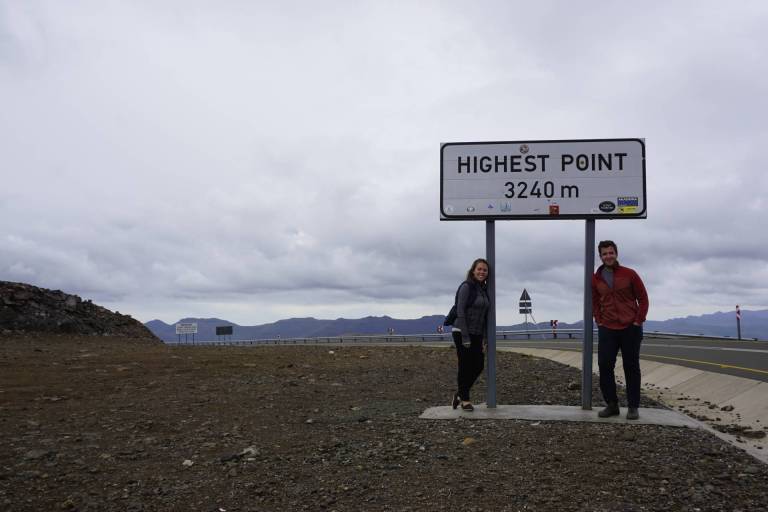
Discover South Africa's wild West Coast and rugged Cederberg mountains, where ancient rock art and spectacular wildflowers paint an untamed landscape.
View Detail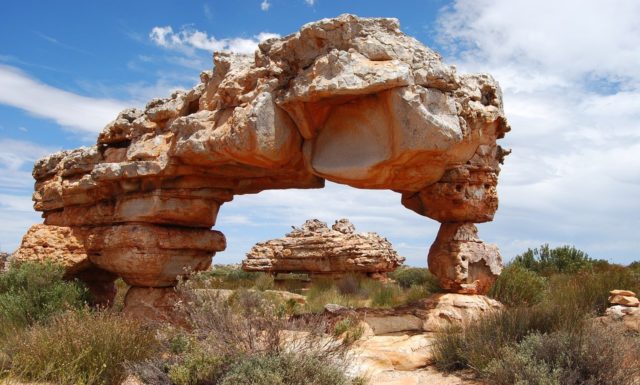
Explore South Africa's Cape Winelands, where historic estates are sprinkled between dramatic mountains, offering world-class wines, coastal drives, and charming colonial-era towns.
View Detail